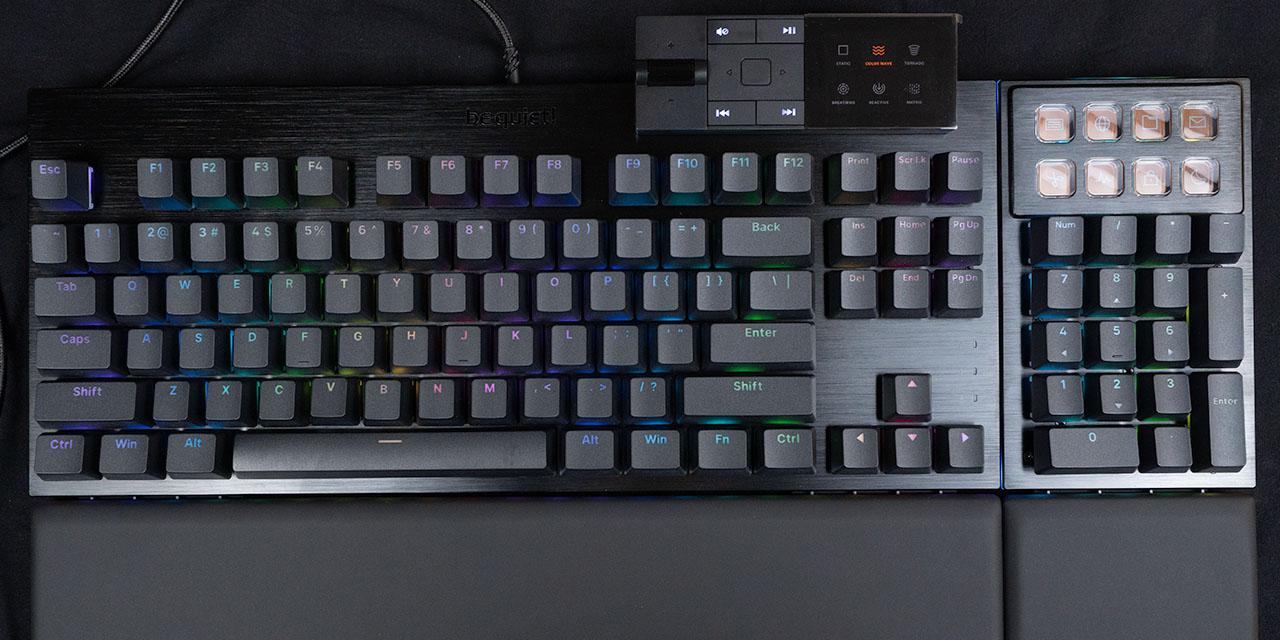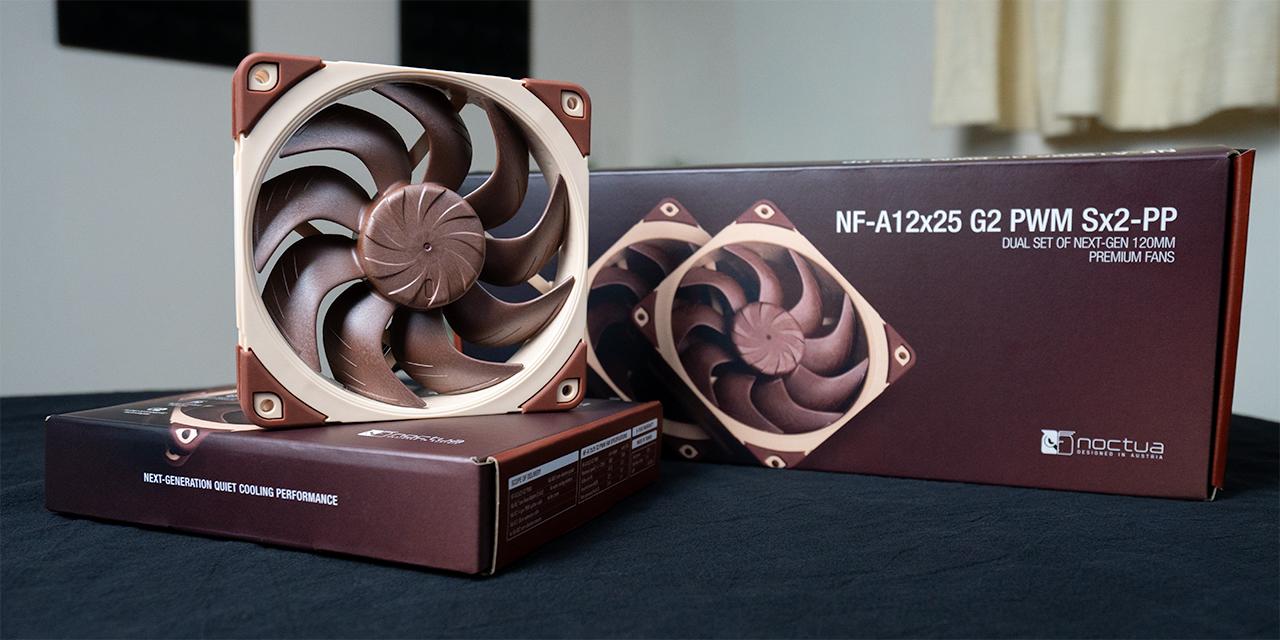Page 3 - A Closer Look - Software
Those who have previously used Creative's X-Fi sound cards as well as Auzentech's X-Fi Prelude should be quite familiar with the user interface of these drivers. Included software is literally identical in user interface to that of the Creative X-Fi drivers, save for the Auzentech logos at the bottom. In the Start menu, several things are renamed, such as "Creative Console Launcher" to plain "Console Launcher", and "Creative Audio Console" became "Auzentech Audio Control Panel". Nevertheless, for those who have never owned an X-Fi, or want to see what's different, these screenshots will come in handy.

The Mode Switcher for Entertainment Mode, Audio Creation Mode, and Game Mode that takes advantage of the Creative Audio Ring on the Creative X-Fi audio processor. I won't get into the details, but different modes optimizes the combination of the features and APU differently, providing audio processing power to where it is needed, and disabling unnecessary features at the same time. For example, in Audio Creation Mode, the Auzentech X-Fi HomeTheater HD enables low latency ASIO recording, and Gaming Mode optimizes for low CPU utilization.

Fundamentally, I leave my X-Fi card in Entertainment Mode pretty much all the time, so I will talk about this first as well as covering it in more detail. The interface consists of the Mode Switcher button located at the bottom left corner, and a large main volume control knob is placed at the center. Bass and treble adjustments are shown in smaller knobs on the right hand side. The button labeled Default resets to default settings, as its name suggests.
At the top is an array of eleven icons to bring in submenus for configuring various settings available on the X-Fi HomeTheater HD. Listed in order are Speaker and Headphones, Headphones, EAX Effects, X-Fi CMSS 3D, X-Fi Crystalizer, Smart Volume Management, Graphic Equalizer, Mixer, Encoder, Digital I/O, and HDMI. The first option allows the user to switch between speaker configurations, as well as controlling independent speaker volume. Under Headphone are options to tell the sound card what to do when the headphone jack is connected.
The X-Fi Crystalizer works off the Creative DSP/APU. It is basically a dynamic equalizer/multi-band compressor to improve perceived audio quality -- it makes the highs and lows more apparent to the listener in order to make the audio sound punchier. While it will not make low quality MP3s 'sound better than the original', it's still certainly a nice feature to have. It has been criticized by audiophiles that dislike the idea of manipulating the original signal and limit the intended sound, this is purely based on each individual and the music played back. Generally, users who like 'punchy' and more colorful sound will definitely appreciate this feature and its effect. A 12-band graphic equalizer is also available for the user to adjust 31Hz, 62Hz, 125Hz, 250Hz, 500Hz, 1kHz, 2kHz, 4kHz, 8kHz, and 16kHz frequencies independently from +12dB to -12dB.
On the digital side of things, the Encoder provides options in selecting between Off, Dolby Digital Live, or DTS Connect. The Digital I/O tab lets the user enable or disable bit-matched recording on Digital-In or HDMI-In, as well as setting the system to play stereo mix using digital output. Finally, HDMI options include setting HDMI input source (Rear HDMI in or internal HDMI in), HDMI output (X-Fi audio or HDMI-In bypass), as well as X-Fi audio settings including checkboxes labeled 'Basic Audio Only' and 'Play audio from speakers through HDMI'.

Switching the Auzentech X-Fi HomeTheater HD to Audio Creation Mode enables features such as 3DMIDI, 24-bit SoundFont banks, advanced ASIO drivers, bit-matched recording, and comprehensive signal routing. As its name suggests, it is meant for recording, mixing, and composing in audio creation and production. All signal faders are equipped with balance settings, signal level monitors, and effect loops. They are available for all inputs on the first tab including line in, digital in, HDMI in, and the microphone. Subsequent tabs labeled Multi-Channel Wave, 3DMIDI, and ASIO provide access to the rest of the fader controls.
Master Auxiliary Effects are located at the top right hand corner, as shown in our screenshot above. The monitor is placed near the bottom right, along with a similar array of tabs as previously discussed. Underneath the tab menus is a built in sound recorder followed by a master control knob. Generally speaking, the console user interface in Audio Creation Mode is designed very similarly to an external audio mixer, and users familiar with using hardware boards should experience very little problems adjusting to the virtual mixer.

Game Mode promises to offload as much CPU load onto the X-Fi Processor as possible in processing in-game audio effects. Used in conjunction with Creative's ALchemy to translate DirectSound requests into OpenAL to return hardware acceleration to Windows Vista and Windows 7 based machines, again the console interface changes to reflect this switch. The simplified console interface design has sub-panels labeled X-Fi CMSS-3D, X-Fi Crystalizer, EQ, and Mixer, respectively, for the upper portion, while the Speakers and Bass tabs are situated at the bottom portion of the screen. The master volume control knob is still placed at the bottom right corner, as with Audio Creation Mode. The available options shown still function the same way as aforementioned; the only difference is a reduced feature set to maximize gaming performance, with features unrelated to gaming disabled to free up resources.
Page Index
1. Introduction, Specifications, Bundle
2. A Closer Look - Hardware
3. A Closer Look - Software
4. 16-bit/44.1 kHz Frequency Analysis
5. 16-bit/48 kHz Frequency Analysis
6. 16-bit/96 kHz Frequency Analysis
7. 16-bit/192 kHz Frequency Analysis
8. 24-bit/44.1 kHz Frequency Analysis
9. 24-bit/48 kHz Frequency Analysis
10. 24-bit/96 kHz Frequency Analysis
11. 24-bit/192 kHz Frequency Analysis
12. Subjective Listening and Conclusion





